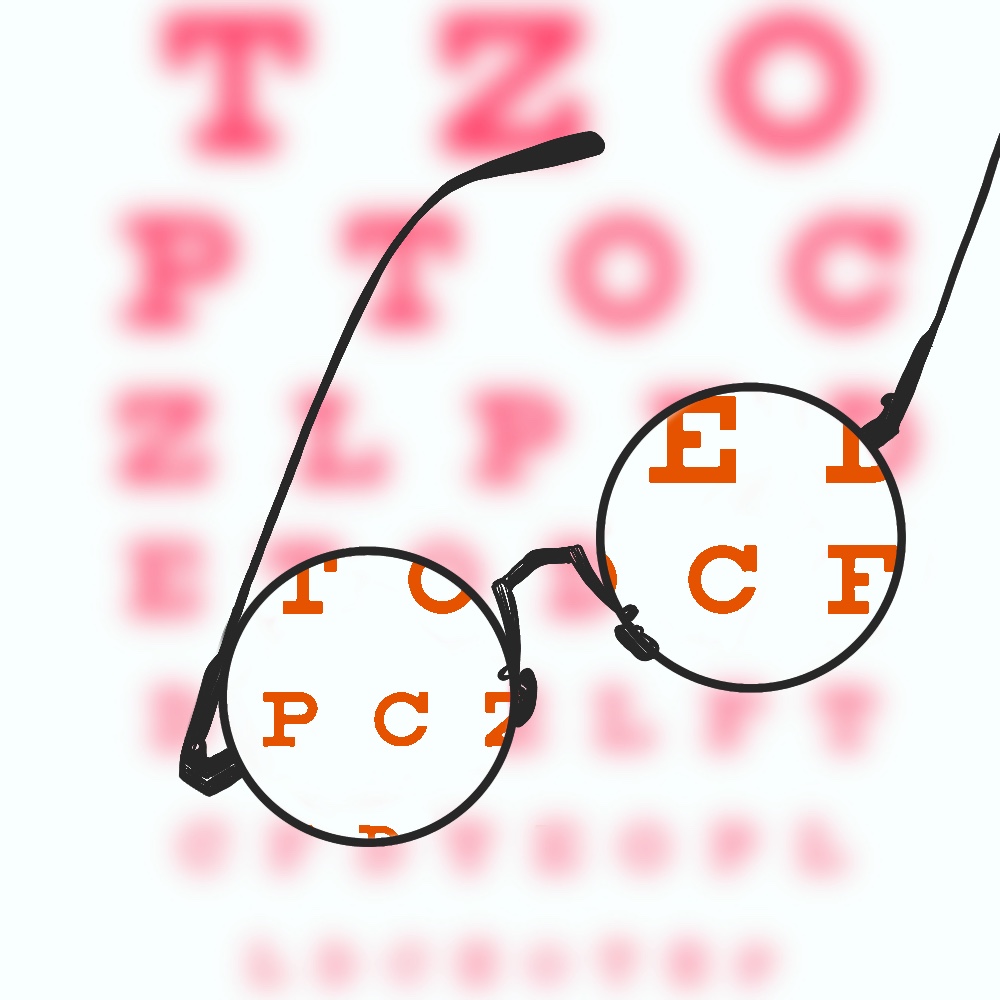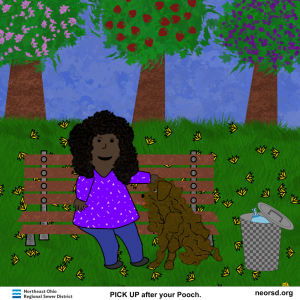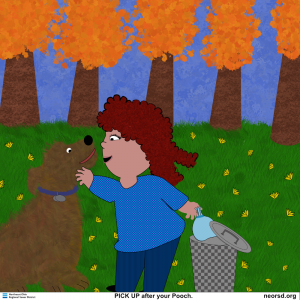Eye conditions and vision issues have been increasing among the youth at an alarming rate. Other than genetic factors, the tumultuous events of the past few years have impacted children’s vision; myopia—or nearsightedness—has become a significant vision problem for many kids. With less time spent outdoors and more time on digital devices, their eyes may have trouble developing correctly, causing blurred vision at a much younger age than normal. If these problems aren’t addressed, they won’t be able to see or process information properly, hampering their academic performance. Fortunately, there are ways to help kids address and learn about their vision issues and prevent or slow down the progression of these conditions.

How vision affects academic performance
Children with vision issues like myopia may have a difficult time focusing on their teacher, a whiteboard, or their textbook, making classroom tasks much harder to complete. They can struggle with taking notes and gleaning information from their reading materials. When reading, writing, and completing school assignments becomes a struggle, kids might shift their focus to a more engaging task that is easier to process and manage. This lack of focus during class can make them fall behind their peers, who can see clearly and process information because they can concentrate on the lesson.
Beyond visual sharpness, other visual skills are needed to help children excel in school. Deficits in binocular vision, the ability to use two eyes together, can lead to double vision, eye strain, inaccurate depth perception, dizziness, and more. Being able to merge the images from both eyes into a single, clear picture is essential for depth perception and focusing on close objects like books. Poor visual tracking can lead to difficulties focusing on moving text, losing one’s place while reading, and clumsiness during physical activities. Visual processing abilities like spatial reasoning, visual discrimination, and visual memory help children retain and process information and meaning. Weaknesses in these areas can make it challenging to understand diagrams, solve math problems, and remember what’s been read.
Children can struggle to communicate if they have trouble seeing or processing visual information. Parents and educators should pay close attention and assess their vision to determine the best treatment or correction options.
Ways to help children address vision issues
Encourage them to wear glasses
It’s never too early to talk to children about vision issues and wearing glasses, and it’s easier than ever to find access to these. Prescription glasses can be ordered online, offering an easy way to browse various styles from top eyewear brands. Models like the Oakley Hex Jector or the Ray-Ban Erika Optics are simple yet stylish, and these brands are known for high-quality eyewear. Kids can also use virtual try-on tools to see if the specs will fit and flatter them. Allowing children to choose their frames can encourage them to wear their glasses more often so that their vision won’t interfere with their studies.

Undergo regular eye exams
School-age children should undergo an eye exam every one to two years to monitor their vision changes and eye health. Parents can check out initiatives that provide low-cost or free eye exams for younger children, which can make it easier and cheaper to get eye tests. Schools can also partner with eye care programs that give children free eye exams, making the occasion seem like a fun school event or trip that can feel more exciting than clinical or scary.
Manage screen time
A child’s environment can impact their vision and visual comfort. At home, the use of digital devices should be monitored. Smartphones and tablets emit blue light, which can cause eye strain and alertness at night, further affecting their vision and academic performance by causing discomfort and fatigue. Focusing constantly on a near object like a screen can also make their eyeballs elongate, causing myopia. Social media use can also be distracting and contribute to negativity, impacting grades and enthusiasm for school. Parents and teachers should monitor or limit their usage during study sessions or class time. Encourage regular breaks and outdoor time to allow kids to focus on near and far objects for healthier vision development.
Culture has changed significantly in the past twenty years, as more children spend time indoors and on their screens, leading to blurred vision. Young students may have difficulty focusing in class or processing information when they struggle to see clearly. Fortunately, modern solutions are available to help. Parents and teachers can work together to encourage students to wear their prescription glasses and attend regular eye check-ups. Adults should also help children manage screen time by setting boundaries and serving as an excellent example to ensure these young eyes develop well into adulthood.
References:
- Dador, Denise. “How the pandemic has impacted children’s eyes and vision.” ABC7, September 30, 2023. https://abc7.com/vision-covid-pandemic-childrens-eyes-issues-with-kids/13844374/.
- Glasses.com. “Prescription Eyeglasses.” Accessed February 9, 2024. https://www.glasses.com/gl-us/eyeglasses
- Lazarus, Russel. “The 5 Most Frequent Binocular Vision Problems.” Last modified December 12, 2021. https://www.optometrists.org/vision-therapy/guide-to-vision-therapy/the-5-most-frequent-binocular-vision-problems/.
- LINC. “Beautiful vision: Free eye exams and glasses set children up for success”. kclinc.org. Last modified October 16, 2023. https://kclinc.org/news/2023/10/11/beautiful-vision-free-eye-exams-and-glasses-set-children-up-for-success.
- Wells, Christina. “How To Help Kids With Smartphones and Social Media” InEducation: Zealousness Blog, January 5, 2024. https://ineducationonline.org/2024/01/05/how-to-help-kids-with-smartphones-and-social-media/.






















